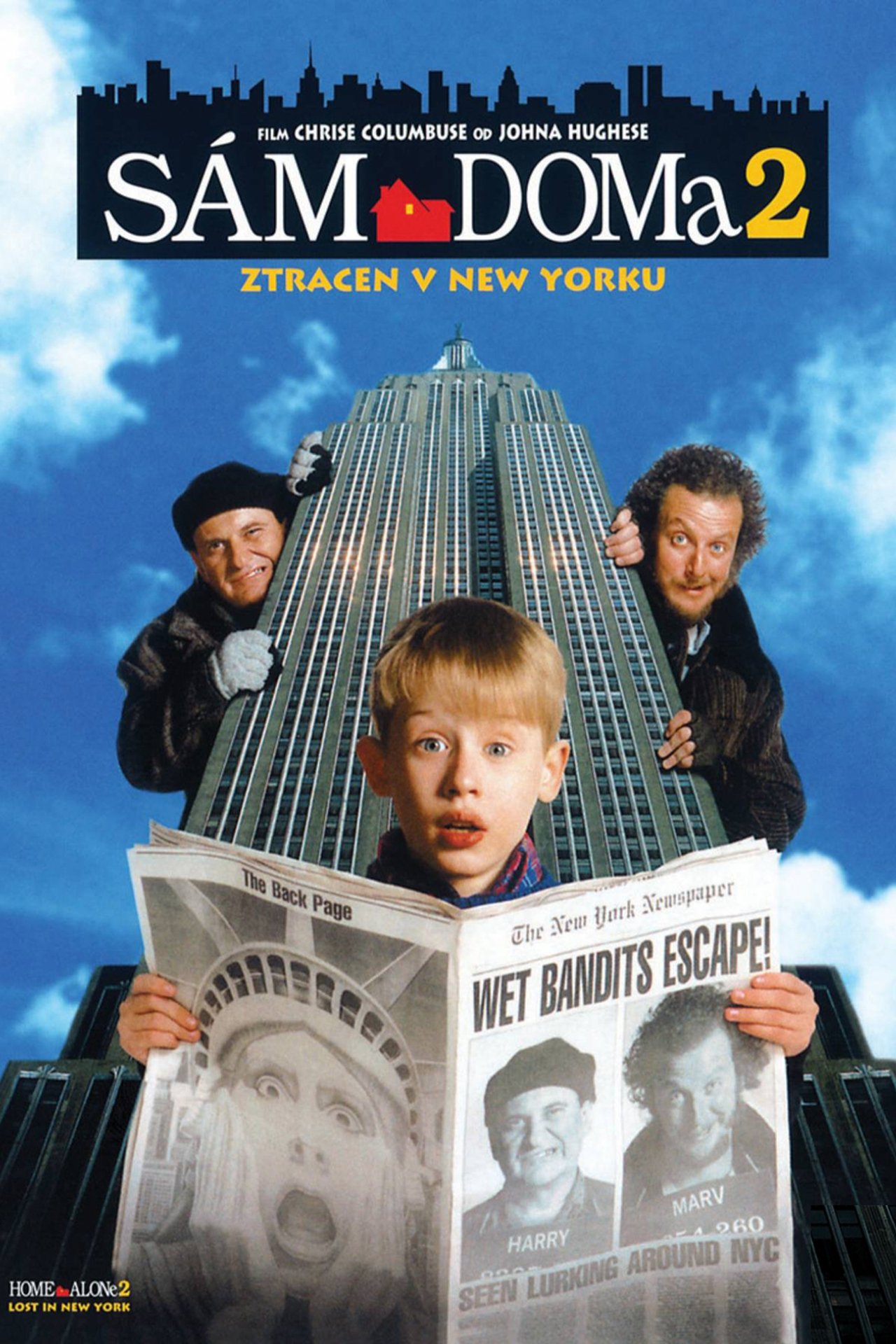Table of Content
Although they expected to spend three months in preparing for the opening of the institutions, an infant was laid on the door -step that very first night. Before January 1, 1870, the proposed opening date, they had received 123 babies.Within a year, a larger house at 3 Washington Square was secured. The construction of the buildings on the property bounded by 68th and 69th Streets and by Lexington and Third Avenues was begun in 1872.

This had caused me to overlook that they also matched my paternal side. I looked at those DNA matches that also connected with Connie. One of those matches shared 98 cMs with me, meaning she might be a third cousin .
The New York Foundling History Part I: Overwhelming Need
Then, a couple years ago, I took an Ancestry DNA test. I still couldn’t find any connection to anyone named Aner, or Auer. After what seemed like a lifetime of searching, I found a birth certificate, with a child born April 30, 1896—that was Grandpa’s birthday. The child was Joseph Auer, born to Joseph King and Adelaide Auer, born at a Catholic Hospital serving poor, unwed mothers. Records indicate Joseph Aner arrived at the Foundling a couple days after being born, apparently with clear expectations that his parents would never be found. But, further research revealed that she only became Ada Auer years after my grandfather’s birth when she got married.
But my conclusion is no–I don’t wish that I had known. If the letter had surfaced earlier, I likely would not have searched. I would not have learned so much about my ancestors. I would not have learned so much about the Foundling Home and my grandfather’s story. But this new information revealed my version of Grandpa’s story was incorrect. Abbie Doyle, his mother, carried him in her own arms when she left the hospital.
Why Family History?
There were newspaper accounts of Abbie visiting them in Fall River, Massachusetts around Christmas time, and Abbie was visiting them while pregnant with my grandfather. In 2008, The Foundling opened the Mott Haven Academy Charter School. The first charter school of its kind in the nation, Haven Academy uses a trauma-sensitive curriculum designed to meet the unique educational needs of kids in the child welfare system. One-third of Haven Academy's seats are reserved for scholars in foster care, and another third are reserved for those who receive services to prevent them from entering foster care. Approximately 23 percent of the school's non-foster care population are homeless, returning to a shelter each night after school. The New York Foundling's foster care program is responsible for approximately 700 children at any given time and range from newborns up to age 21.

From what I’ve learned Abbie has many, many descendants, and her life turned out well, but she had struggles of her own. In current times, it is nearly impossible to imagine the plight of an unmarried woman giving birth around 1870–without a husband or other family to support her, the woman would face the daunting task of survival. The primary work available to the woman would be as a teacher or a servant, and neither would be available to a woman with a child. A facility such as the Foundling gave her the option of leaving her baby with an agency that would care for the child and, ultimately, find a home for the little one. After separating my matches into paternal and maternal lines, I used the same concept to separate my paternal lines according to whether they matched my paternal grandmother’s side of the family or not.
The Foundling Hospital (1880–
The engagement was broken early in September, this year, and on September 23d, the defendant was married to Eugene P. Waddell. She is said to have refused and he brought suit, in reply in the suit in his action s he set up a counterclaim for $2,000. Eugene Van Voorhis appeared for Van Sten and Mrs. Waddell is represented by William Baker.
Within three weeks, the nuns were caring for 45 babies. Their mission had begun, as the New York Foundling Home. George disappears from the records for several years, but in 1905 he shows up in the City Directory of Atlantic City, New Jersey, as the manager of a creamery. In 1907, the local newspaper in Elmira, New York, reported George spent Thanksgiving with friends there. (Elmira is in south-central New York on the Pennsylvania border). Mrs. Waddell and Van Sten had been engaged for five years.
Historical Note
Sister Mary Irene, of St. Peter’s Convent called the attention of Mother Mary Jerome, the Superior of the Sisters of Charity, to the need of rescuing these children. When the matter was as placed before Archbishop McCloskey, he not only sanctioned the plan of providing an asylum for the care of abandoned children, but urged the Sisters to put this plan into execution. Accordingly Mother Mary Jerome directed Sister Irene to make a beginning. Three days later on October 11th, the Feast of the Maternity of Our Lady, Sister Irene and her two companions, Sister Teresa Vincent and Sister Ann Aloysia, moved into a small house at 17 East 12th Street.
For these people, many of whom have complex medical needs, The Foundling provides housing that is supportive and nurturing, as well as fully integrated into the surrounding community. The Foundling provides residential services for people with developmental disabilities in all five boroughs of New York City and in Westchester, Rockland, and Orange Counties. To show up on the census, your ancestor would have had to be the NY Foundling’s physical location when the census took place. The Foundling Asylum was not just a building–it was a complex program. Your ancestor could have been in a “foster home” affiliated with the Foundling.
I began by color-coding a few matches with surnames that I recognized from my grandmother’s side. I then looked at the shared matches of these individuals and marking all those shared matches with the same color. I had some difficulty at first identifying very many paternal side matches. (My orphan train grandfather was on my paternal side.) Many of my maternal ancestral lines came to America in the 1600s. The majority of my matches, by far, were from my maternal side.
People living in The Foundling’s Supportive IRAs are learning independence with cooking, cleaning, money management, community integration, and medication administration with the goal that they will someday be fully independent. A Children’s Aid Society picture of some of the orphan the train to homes. In the mid-part of the 1800s, when immigrants seeking a new life in America streamed into New York, they came by the hundreds of thousands. Then, in the time of the growing American economy, immigration regulations were few.
Staff are fluent in American Sign Language and provide a variety of home-based services based on families' assessed needs. With help from a state matching grant, construction began on a new property between East 68th and 69th, Lexington and Third in 1872. An adoption department was established to find permanent homes for children; the first such placement occurred in May 1873. Our distinctive, trauma-informed education programs help children in the child welfare system succeed academically – from pre-K to college. Birth Parent’s death certificate does not open record to adoptee. We cannot inform one party that another party is searching for them, or contact the adoptive family.
In my previous posts, I told the story of my paternal grandfather, who spent his early years at the New York Foundling Home, and came to Central Missouri on an “Orphan Train” and was adopted by the Fred Markway family. He also testified that at one time last spring, he had received no letter from her for three weeks. DNA testing results showed that Jack and I shared slightly more DNA with descendants of Catherine than with descendants of James . He never married, and has no other direct descendants that I’ve been able to identify. To that point I still had not identified anyone connected to Grandpa’s mother. I had searched everywhere for an Abbie Doyle, but searching for a common Irish name in New York at the turn of the century is not a very productive use of time.
Stories of Strength, Resilience, and The Foundling’s Past
By 1850, there were an estimated 30,000 children believed to be homeless in New York City. These children had few advocates and were often left to fend for themselves. Many an ancestry researcher knows that New York City is and was a tough place to live.








